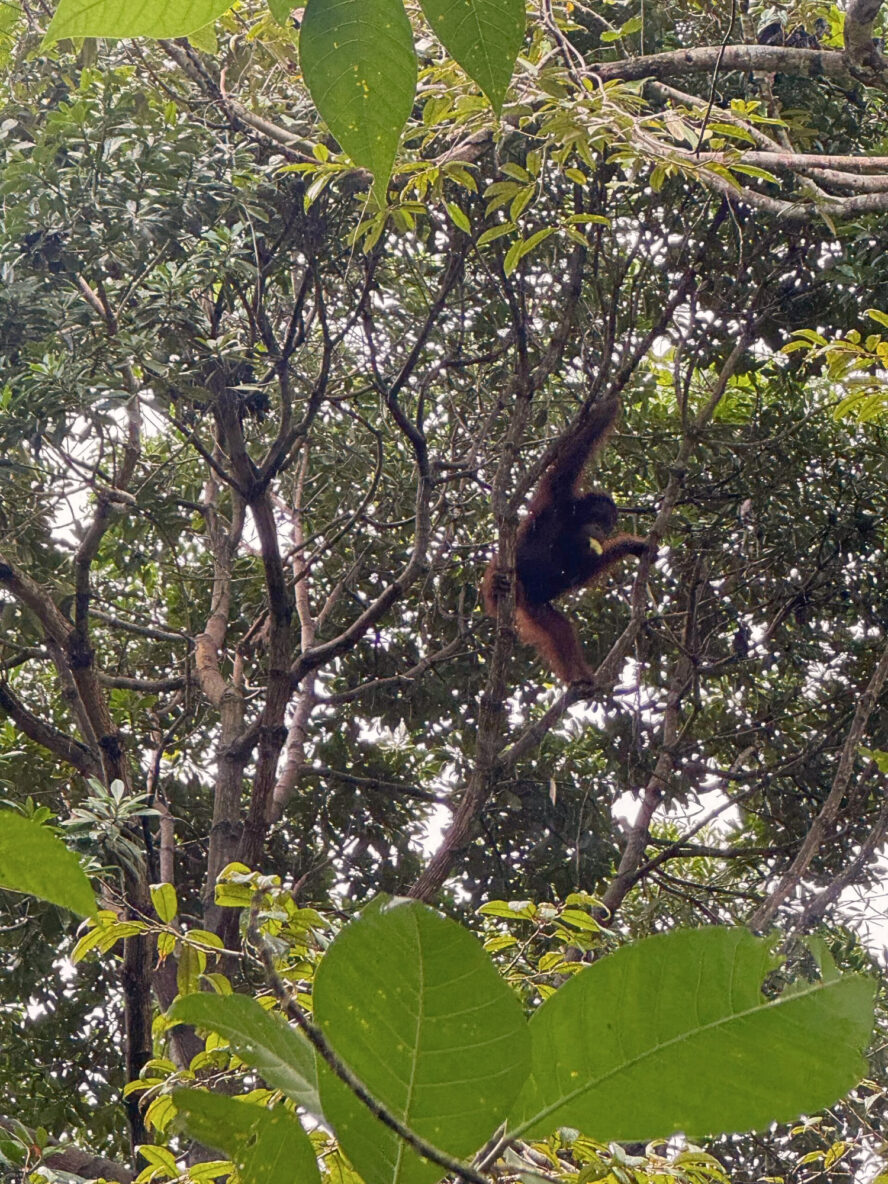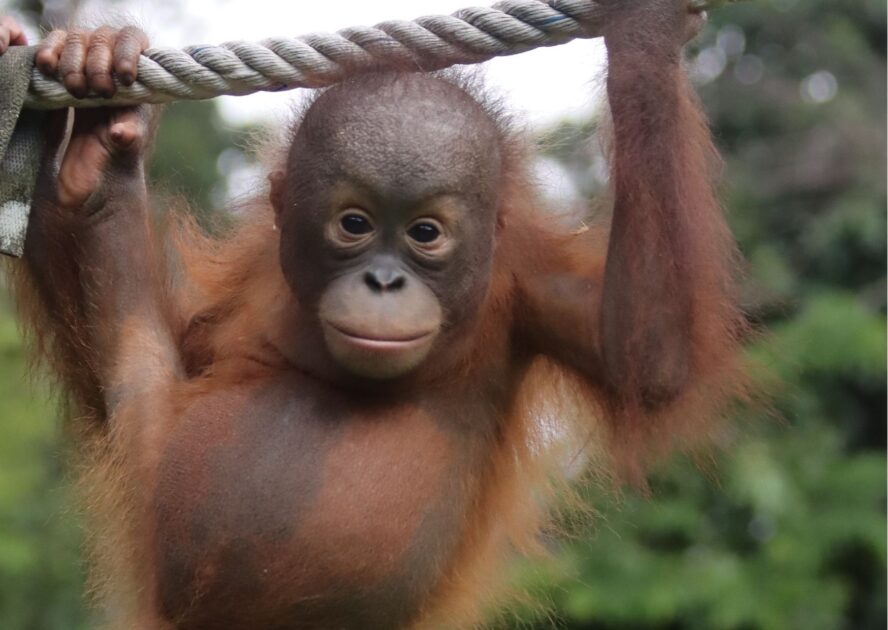News
Student Grant 2016
A camera trap study on the difference in orangutan (Pongo pygmaeus morio) occurrence in highly fragmented landscapes.
As part of a new initiative, Orangutan Appeal UK was pleased to offer a grant this year to Sai Sanggkeeth Narayanasamy, a Malaysian student, who is currently studying for a Master's Degree in Conservation Science at Imperial College London. Our Studentship Grants programme is in place to support research projects that support primate conservation in Borneo.
Sai's project aim was to investigate the difference in orangutan occurrence (abundance, density, demographic classes and behaviour) between 3 landscapes; the forest-river boundary, forest-river boundary and river boundary, and to establish their population density in the Lower Kinabatangan Corridor, using camera-traps. Sai spent two months at Danau Girang Field Centre in Lower Kinabatangan Wildlife Sanctuary in Sabah, Malaysia carrying out her research.

Here are a summary of her findings. Her full project will be submitted and presented to Imperial College London, DGFC and HUTAN. She also aims to publish her paper in a peer review conservation journal.
Sai chose to undertake a camera trap study to research the impact of the forest corridor width on orangutans along the Kinabatangan River located 50km to the South East of Sepilok.
Sai’s project used camera traps along the river edge habitat, known as riparian forest, to capture images of any passing wildlife. During her study along with orangutans there were pictures taken of Elephants, Clouded Leopards, Leopard Cats, Sun Bears, Pangolins, Langurs and Civets among many other more common species highlighting the important nature of this type of habitat.
The encroachment of agriculture along the river results in the width of the forest to vary as you travel downstream. This variation has allowed Sai to study the correlation between forest width and the amount of orangutans using the forest as a corridor. The current guidelines for river edge forest width are based on the protection of the river bank from erosion and are set at 50 meters.
Sai’s research has shown that a corridor width of 800 meters is required to achieve a high density of orangutan use and a corridor width of up to 1,100 meters is required for maximum species richness. While additional research in to these findings will need to be conducted in the future to support these findings they are none the less important as they can be used to provide a guideline for the recommended minimum forest width to be increased.
Explore more articles
![Orangutan Rescue Stranded Orchard]()
News
Stranded wild orangutan rescued
An orangutan spent nearly three weeks stranded in an orchard miles away from his forest home.
![Napagang 2]()
News
Introducing Napagang
You can help by supporting his rehabilitation at Sepilok and improve his chances of getting back to the wild.
![A female orangutan using leaves to protect herself from the rain.]()
News
Flash floods at Sepilok
Torrential rain has hit Sepilok, causing flash flooding and leaving many areas underwater.


